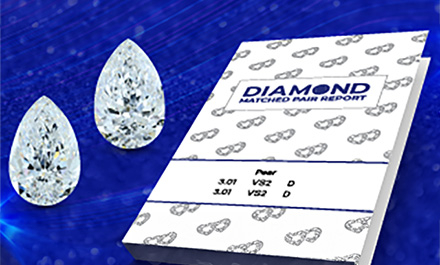A global standard for grading and determining the characteristics of single, polished diamonds has been developed by the International Organization for Standardization (ISO).
The recently published ISO 24016 is aimed at setting rules for determining – with maximum precision and accuracy – the mass, colour, clarity and cut of individual polished diamonds.
According to ISO, while most diamond specimens are evaluated using the 4Cs criteria, some diamond grading reports may be issued based on varying standards by individual laboratories, potentially resulting in different results for the same single diamond. “This situation damages the reputation of the whole diamond trade. Hence, the need for a unique ISO standard for grading polished diamonds,” the federation said.
ISO specified the terminology, classification and methods used for the grading and description of single unmounted polished diamonds of over 0.25 carat.
The new standard applies to natural, unmounted, polished diamonds; and is not to be used for fancy colour, synthetic or treated diamonds or assembled stones.
“Together with ISO 18323, which sets the nomenclature for diamonds, synthetic diamonds and diamond simulants, an ISO standard for the grading of polished diamonds will strengthen the trust in the diamond industry worldwide,” noted ISO.
According to the federation, the need for an ISO standard to grade polished diamonds is supported by recent agreements between international diamond organisations and CIBJO (The World Jewellery Confederation), with the aim of adopting CIBJO’s unique diamond grading and diamond nomenclature standard.
CIBJO, for its part, described ISO 24016 as a ground-breaking development, adding that it is the first-ever standard approved by ISO that specifies the terminology, classification and methods to be used to grade and formulate the description of single, unmounted polished diamonds.
“This is a historic moment for our industry,” said CIBJO President Gaetano Cavalieri. “It is the first time that a strictly defined diamond grading system has been ratified by the world’s leading standards body, formally recognising principles and terminology that to date have not been approved by any impartial and international authority.”









